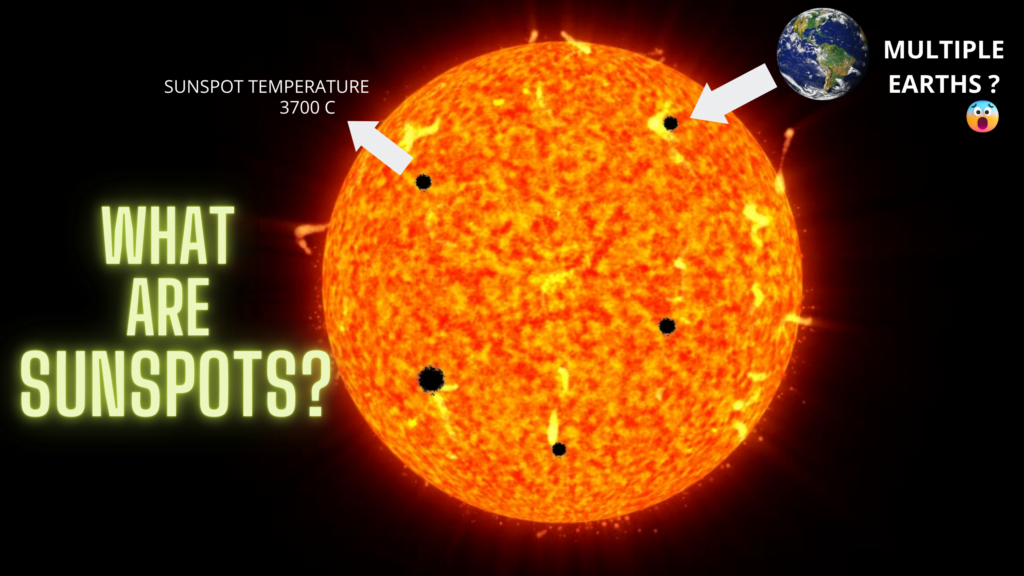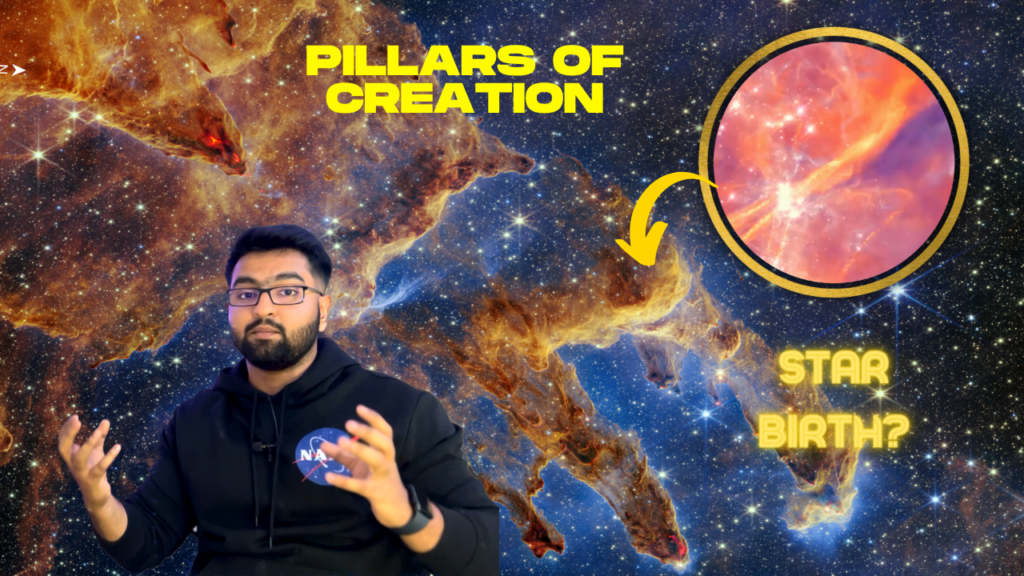VLBI stands for Very Long Baseline Interferometry, and it is a technique that astronomers use to observe the universe with incredible detail. The Event Horizon Telescope (EHT), a network of radio telescopes, uses VLBI to capture images of black hole shadows. In this article, we will discuss VLBI and how it works, the EHT and its mission, and the significance of the EHT’s black hole shadow images.
What is VLBI?
VLBI is a technique that allows astronomers to combine data from radio telescopes separated by large distances to create a virtual telescope with a diameter equal to the maximum separation between the individual telescopes. By doing this, astronomers can achieve much higher resolution than would be possible with a single, large telescope. The technique works by recording the signals received at each telescope and then using specialized software to combine and analyze the data.
The key to VLBI’s success is the accuracy with which astronomers can time-stamp the signals received at each individual telescope. This is done using atomic clocks, which can keep time with incredible precision. By comparing the arrival times of signals at different telescopes, VLBI can precisely determine the direction from which the signals came, allowing astronomers to create images of the sources of those signals.
How does the EHT use VLBI to image black hole shadows?
The Event Horizon Telescope is a network of radio telescopes scattered across the globe. By combining the signals received at each of these telescopes using VLBI, the EHT can create images of incredibly high resolution. The EHT’s primary mission is to capture images of black holes, including the supermassive black hole at the center of our galaxy, known as Sagittarius A*, and the black hole at the center of the galaxy Messier 87.
To capture these images, the EHT team had to overcome significant technical challenges. The black holes targeted by the EHT are located tens of thousands of light-years away, and they are incredibly small, with event horizons only a few times larger than the black hole itself. To capture an image of a black hole, the EHT team had to use VLBI to combine data from telescopes located around the world, effectively creating a virtual telescope with a diameter equal to the distance between the telescopes.
The EHT team also had to contend with the fact that radio waves are scattered and distorted as they pass through the Earth’s atmosphere. To overcome this, the EHT team used specialized equipment and techniques to measure and correct for these distortions, allowing them to capture images of the black holes with incredible accuracy.
What do the EHT’s black hole shadow images tell us?
The EHT’s black hole shadow images are incredibly significant because they provide the first direct evidence of the existence of black holes. Prior to the EHT’s images, astronomers had only indirect evidence of black holes’ existence, such as their effects on nearby stars and gas. The EHT’s images provide the first direct evidence of the existence of black holes, confirming predictions made by Einstein’s theory of general relativity.
The EHT’s images also provide insights into the nature of black holes. By studying the shape and size of the black hole shadow, astronomers can learn about the properties of the black hole, such as its mass and spin. The EHT team’s observations of the supermassive black hole at the center of our galaxy have shown that it has a mass of around 4 million times that of the Sun and that it is spinning rapidly.
Additionally, the EHT’s images provide insights into the behavior of matter near black holes. The EHT team’s observations of the black hole at the center of Messier 87 revealed a bright ring of gas orbiting the black hole, providing a unique view of the effects of the black hole’s gravity

